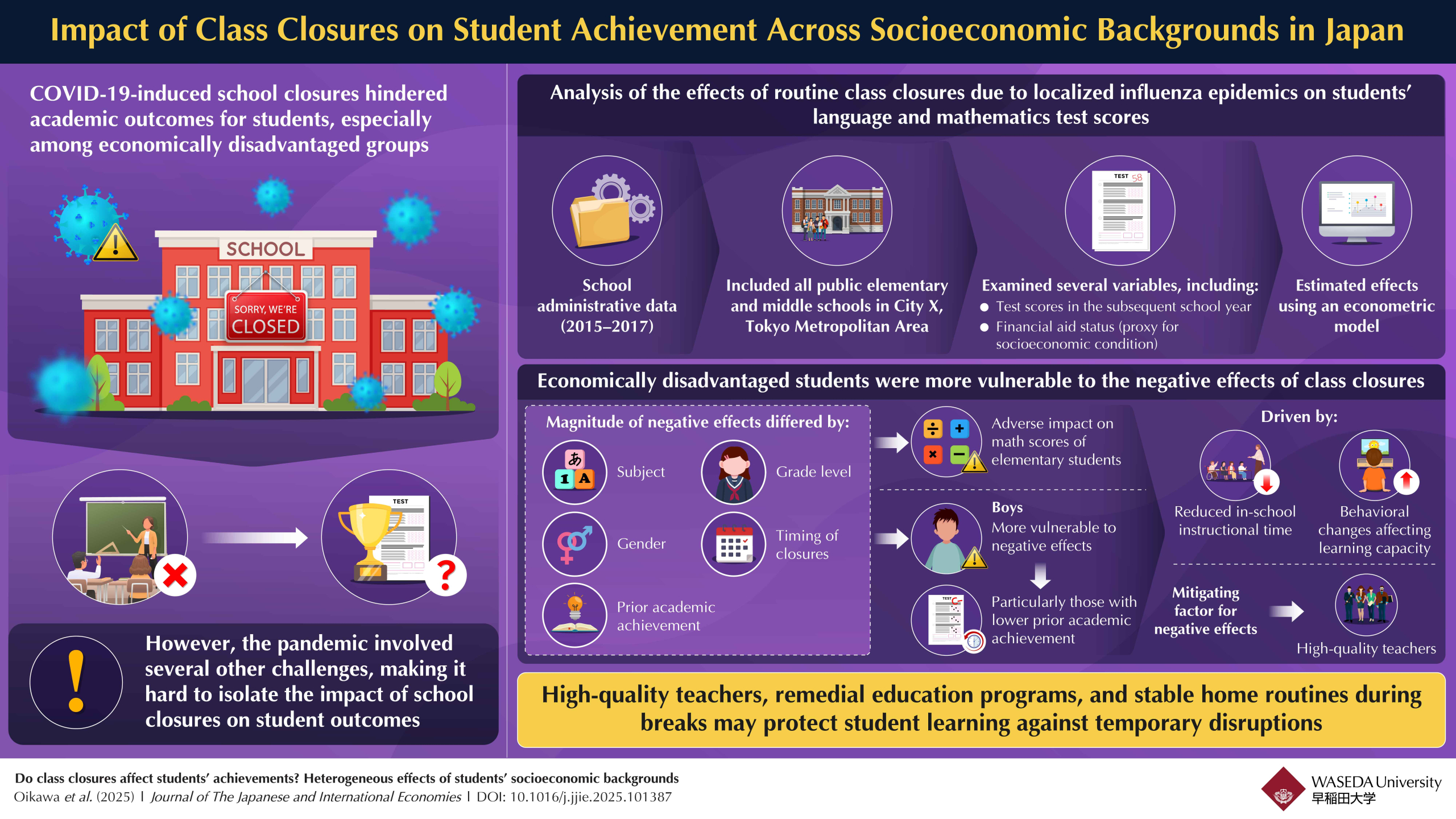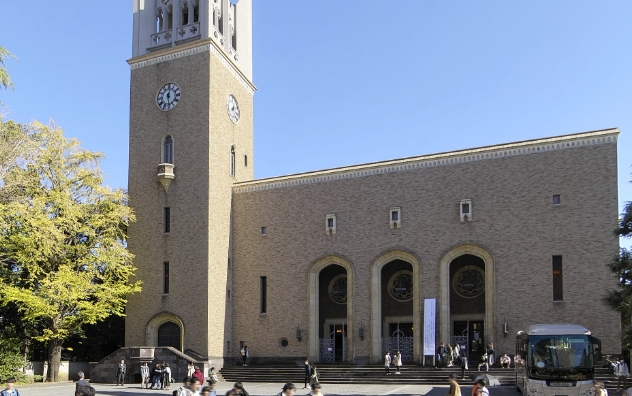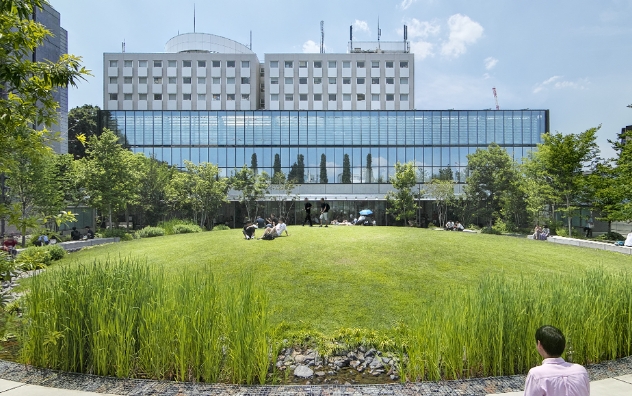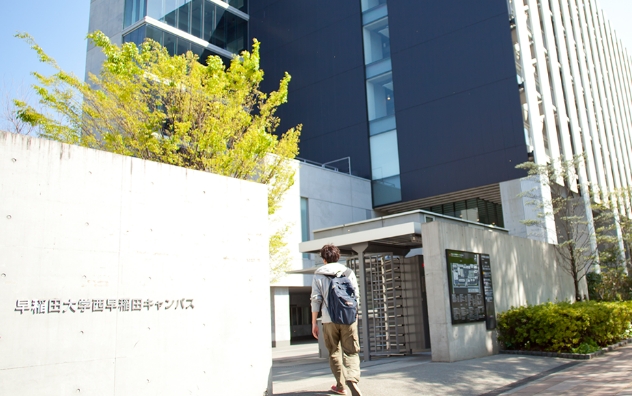Even Short School Breaks Affect Student Learning Unevenly Across Socioeconomic Backgrounds
Fri, Oct 3, 2025-
Tags
Even Short School Breaks Affect Student Learning Unevenly Across Socioeconomic Backgrounds
Researchers show that students from low-income households, specifically boys, were the most affected, highlighting growing educational inequality
The COVID-19 pandemic presented several challenges, leaving the specific impact of class closures on student performance unclear. To address this, researchers examined the effect of pre-pandemic class closures due to influenza outbreaks on students’ test scores in Japan. They found that class closures adversely affected the math scores of elementary school boys from low-income households, likely due to lost instructional time and unhealthy behaviors. Fortunately, high-quality teachers could help students recover from the learning loss.

Image title: Class closures have the most negative impact on students from economically disadvantaged backgrounds
Image caption: In Japan, short-term class closures due to localized influenza outbreaks adversely affected the math test scores of elementary school boys from low-income households, likely due to reduced in-school instructional time and detrimental habits like excessive TV-watching. However, high-quality teachers and remedial education programs could reduce the adverse impact of class closures on disadvantaged students.
Image credit: Assistant Professor Masato Oikawa from Waseda University, Japan
License type: Original content
Usage restrictions: Cannot be reused without permission
The COVID-19 pandemic affected people worldwide disproportionately, with economically disadvantaged households facing a heavier burden. Children were also affected since schools and classes were closed to contain the virus. Many students, especially from disadvantaged backgrounds, lost their learning environments, and their academic performance suffered. However, the pandemic presented other challenges that may have also affected students, such as parents losing jobs, financial stress at home, and parents not having the option to work from home. So, it is unclear how class closures alone could have impacted students’ academic outcomes.
To gain more insights, a research team led by Assistant Professor Masato Oikawa from School of Education, Faculty of Education and Integrated Arts and Sciences, Waseda University, Japan, investigated the effect of class closures due to influenza epidemics on students’ mathematics and language test scores in the following year post-closure. They also studied the effect across different socioeconomic backgrounds. The team included Professor Ryuichi Tanaka from The University of Tokyo and Professor Shun-ichiro Bessho, Professor Akira Kawamura, and Professor Haruko Noguchi from Waseda University. Their study was made available online on September 3, 2025, and will be published in Volume 78 of the Journal of the Japanese and International Economies on December 1, 2025.
“Since the COVID-19 pandemic involved many complex factors, we were inspired to use a natural experiment by looking at pre-pandemic data on routine class closures due to seasonal, localized influenza outbreaks. These were short-term disruptions, with classes closed for an average of 2 to 3 days per month. This allowed us to separate the specific impact of unscheduled loss of instruction time from other confounding factors,” explains Oikawa.
To this end, researchers used administrative data from 2015 to 2017 of all public elementary and middle schools located in a city in the Tokyo Metropolitan Area. The data was collected by the city’s education board and included information such as test scores and lifestyle factors. Furthermore, researchers categorized students receiving financial support—offered by local governments to attend school—as belonging to low-income households and those not receiving it as belonging to middle-to-high income households. Using an econometric model, the team then estimated the impact of class closures on students’ academic performance.
Researchers found that students from disadvantaged backgrounds were most susceptible to the negative effects of class closures. These negative effects on disadvantaged students differed by gender, subject, grade level, timing of closures, and past academic performance.
Class closures had a significant negative impact on the math scores of elementary school boys. The effect was more pronounced among boys with low test scores at the start of the school year, and for class closures during the last two months of the school year (February and March). These findings highlight the higher vulnerability of economically disadvantaged boys, likely due to reduced in-school instructional time as well as detrimental habits, such as increased time watching television and playing video games, low sleep quality, and decreased study time during closures.
However, smaller class sizes (fewer than or equal to 30 students) and teachers with more years of experience teaching in the current school could reduce the adverse effects of class closures, especially among disadvantaged students.
“This research reveals that even common, short-term disruptions like flu-related class closures can widen the performance gap. These findings can be directly applied to education policy and school administration. Schools could prepare online materials in advance and provide remedial support to classes that experienced closures, especially those with a high proportion of economically disadvantaged students. Parents must maintain their children’s daily routines, particularly regarding screen time and sleep, during unexpected school breaks,” emphasizes Oikawa.
Hopefully, the study pushes education systems to be more resilient, even against temporary disruptions, to protect students’ learning opportunities and reduce educational inequality.
Reference
Title of original paper: Do class closures affect students’ achievements? Heterogeneous effects of students’ socioeconomic backgrounds
DOI:10.1016/j.jjie.2025.101387
Journal: Journal of the Japanese and International Economies
Article Publication Date: 1 December 2025
Authors: Masato Oikawa1,2 , Ryuichi Tanaka3, Shun-ichiro Bessho4, Akira Kawamura 5,2, and Haruko Noguchi 4,2
Affiliation:
1Faculty of Education and Integrated Arts and Sciences, Waseda University
2Waseda Institute of Social & Human Capital Studies (WISH)
3Institute of Social Science, The University of Tokyo
4Faculty of Political Science and Economics, Waseda University
5Faculty of Human Sciences, Waseda University
About Assistant Professor Masato Oikawa from Waseda University
Masato Oikawa is an Assistant Professor (tenure-track) at the Faculty of Education and Integrated Arts and Sciences at Waseda University, Japan. He received his doctorate in Economics from The University of Tokyo in 2019. His research focuses on health economics, the economics of education, and applied microeconometrics. He has published his work in several international journals, including Journal of Health Economics, American Journal of Health Economics, and Child Abuse & Neglect. He is also a member of numerous academic associations, including the Econometric Society and the Japanese Economic Association. In 2017, he received the Excellent Paper Award at the 12th Applied Econometrics Conference.














